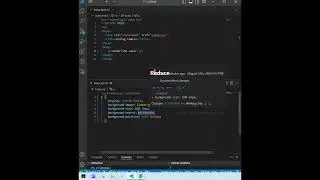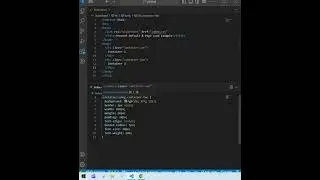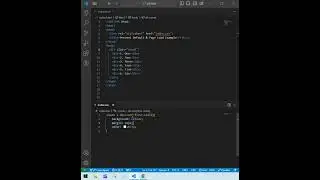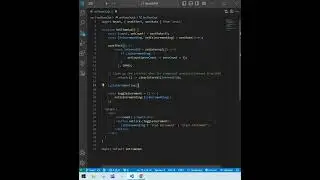Drag and Drop in React || How to use React DnD in React || React Js
React DnD: A Complete Overview
code: https://github.com/AkajithAk/ReactUiY...
React DnD is a flexible and powerful drag-and-drop library designed specifically for React applications. It provides an API to implement complex drag-and-drop interactions while following React's component-based architecture.
Why Use React DnD?
Customizable Logic: Supports custom drag-and-drop logic, unlike browser's built-in drag-and-drop API.
React Integration: Built for React, making it easy to integrate into your components.
Scalable: Suitable for complex applications like dashboards, kanban boards, and file managers.
Accessibility & Performance: Designed with accessibility in mind while keeping performance optimal.
Core Concepts of React DnD
Items:
These are draggable objects.
Each item has a type, making it easier to identify during drag-and-drop operations.
Types:
Unique identifiers representing draggable item categories.
Used to ensure only compatible types are dropped onto specific targets.
Sources (useDrag):
Components that can be dragged.
They provide metadata about the dragged items.
Targets (useDrop):
Components where draggable items can be dropped.
They define what happens when an item is dropped.
Backend:
React DnD uses backends to manage how dragging events are handled.
The common backend is HTML5Backend, which works for web browsers.
Monitor:
Used to track drag-and-drop states such as whether an item is being dragged, its source, and target details.
Key Features
Drag Preview: Customize what users see while dragging items.
Drop Effects: Control how items react when dropped.
Hover State: Handle what happens when an item hovers over a target before dropping.
Multiple Backends: Supports multiple backends for different environments like touch devices.
Use Cases
Kanban Boards: Implement task management like Trello.
File Management Systems: Drag-and-drop files for uploads.
Data Sorting: Rearrange lists or tables interactively.
E-Commerce Applications: Implement shopping carts and product selectors.
Best Practices
Keep Components Simple: Divide drag-and-drop logic into smaller components.
Type Safety: Use unique types for different draggable items.
State Management: Use React's state management or external libraries to track changes.
Backend Selection: Use HTML5Backend for web and consider other backends for mobile compatibility.
building a kanban board with react dnd
react dnd examples for beginners
how react dnd works: full overview
creating custom drag-and-drop components in react
react dnd vs react-beautiful-dnd: which to choose
adding drag and drop to react projects
react dnd backend types explained
react drag-and-drop list reordering tutorial
customizing drag preview in react dnd
react dnd useDrop hook detailed explanation
implementing a file upload system with react dnd
how to build a trello-like app with react dnd
drag and drop sorting in react using react dnd
react dnd drag source and drop target guide
react dnd best practices for efficient drag-and-drop
react dnd multiple backends: when and how to use
making an interactive dashboard with react dnd
react drag-and-drop shopping cart tutorial
understanding react dnd monitor and item types
using react dnd for e-commerce product selectors
react dnd for list management and reordering
drag-and-drop accessibility tips with react dnd
implementing react dnd in enterprise projects
react dnd step-by-step integration tutorial
react dnd setup
how react dnd works
react dnd useDrag hook
react dnd useDrop hook
react dnd list reordering
react dnd in a project
drag and drop with react
react dnd core features
react dnd drag source
react dnd drop target
building with react dnd
react dnd full tutorial
react dnd for web apps
react dnd overview
drag and drop react example
learn react dnd fast
react dnd simplified
react drag and drop demo
easy drag and drop in react
#react #draganddrop #reacdnd































